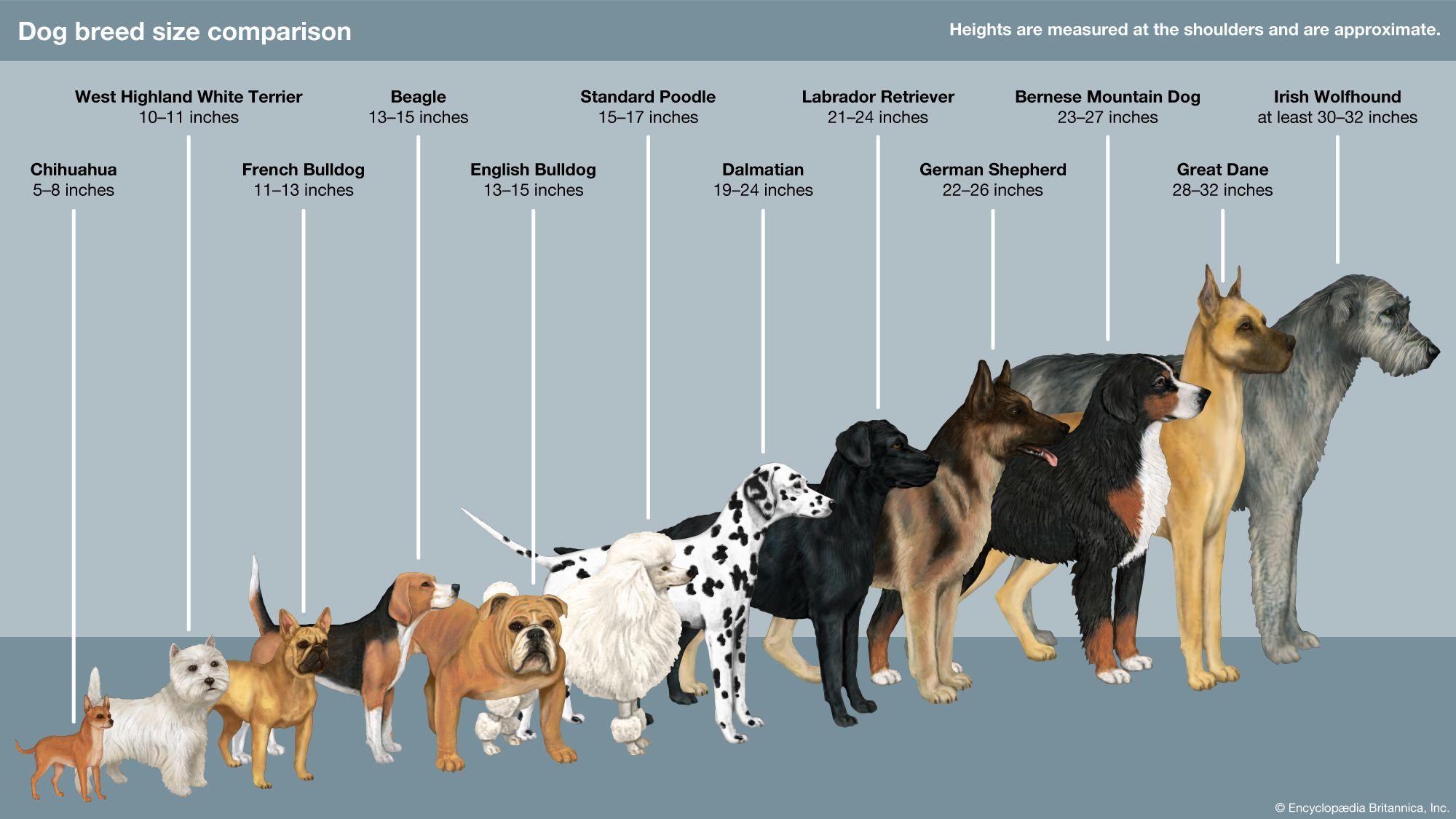When welcoming a new canine companion into your home, it’s natural to wonder about the temperament and safety of different dog breeds. With a plethora of opinions and information available, it can be challenging to discern fact from fiction. Are certain dog breeds inherently more dangerous than others, or is this a misconception fueled by stereotypes and sensational stories? In this article, we’ll explore the factors that influence a dog’s behavior, shedding light on the complex interplay of genetics, environment, and training. Our aim is to equip you with a balanced understanding, helping you make informed decisions that ensure a safe and loving environment for both your family and your furry friend.
Understanding Breed-Specific Behaviors and Their Impact on Safety
Every dog breed has its unique set of behaviors, shaped by genetics and historical roles that influence their interaction with humans and other animals. Understanding these breed-specific behaviors is crucial for ensuring safety and harmony in our communities. For instance, breeds originally developed for guarding or herding may exhibit protective instincts or territorial behavior. Recognizing these traits allows owners to implement appropriate training and socialization, which can significantly reduce the risk of incidents.
- Guarding Breeds: These breeds, like German Shepherds and Rottweilers, often have strong protective instincts. Proper training is essential to channel these traits positively.
- Herding Breeds: Breeds such as Border Collies and Australian Shepherds are known for their intelligence and energy. They require mental and physical stimulation to prevent frustration and potential aggression.
- Working Breeds: Dogs like Dobermans and Boxers thrive on tasks and structure. Consistent training and clear boundaries help manage their energy and focus.
By acknowledging and respecting the inherent traits of each breed, owners can create a safer environment not only for their pets but also for those around them. It’s about harnessing these natural tendencies through positive reinforcement and responsible ownership.

Nurturing Safer Canine Companions Through Proper Training and Socialization
When discussing canine behavior, it’s essential to recognize that a dog’s temperament is influenced more by upbringing than by its breed. Training and socialization play pivotal roles in shaping a dog’s character, and every breed has the potential to be a loving companion if nurtured correctly. By focusing on effective training techniques and introducing dogs to a variety of environments, owners can help their pets grow into well-adjusted members of the community.
- Early Socialization: Introducing puppies to different people, pets, and environments helps them become more adaptable and less fearful.
- Consistent Training: Establishing a routine with positive reinforcement techniques encourages good behavior and strengthens the bond between owner and dog.
- Understanding Body Language: Recognizing signs of stress or aggression can prevent potential conflicts and ensure a safe environment for everyone involved.
- Regular Exercise: Keeping dogs physically active helps reduce anxiety and excess energy that might otherwise manifest as undesirable behavior.
By investing time and effort into these practices, owners can transform any dog into a safe and cherished companion, debunking myths about breed-specific dangers. Each dog, regardless of its breed, deserves the chance to be the best version of itself through proper guidance and care.
Exploring the Role of Environment in Shaping a Dogs Temperament
While genetics play a significant role in determining a dog’s temperament, the environment in which a dog is raised and lives is equally crucial. Socialization and training are two key factors that profoundly impact a dog’s behavior. From a young age, exposing dogs to a variety of people, environments, and other animals can help them develop into well-adjusted adults. A dog that is properly socialized is less likely to react aggressively out of fear or uncertainty. On the other hand, a lack of exposure to different stimuli can lead to fearfulness and potential aggression.
The living conditions and daily experiences of a dog also contribute to its demeanor. Consider the following environmental factors:
- Living Space: Adequate space for exercise and play helps prevent frustration and pent-up energy, which can lead to behavioral issues.
- Routine and Stability: Consistent routines provide security and predictability, reducing stress and anxiety.
- Owner Interaction: Positive reinforcement and regular interaction with their human companions build trust and loyalty.
- Enrichment Activities: Mental stimulation through toys and training exercises can help reduce boredom and undesirable behaviors.
Ultimately, the environment can either nurture or hinder the natural tendencies of a dog, making it a critical component in understanding canine behavior. By focusing on providing a nurturing and stimulating environment, any dog breed can thrive and develop a friendly, sociable temperament.

Empowering Owners with Knowledge to Foster Positive Pet Relationships
When discussing the safety and behavior of various dog breeds, it’s crucial to remember that individual temperament can vary significantly within any breed. Dogs, much like humans, are products of their environment and experiences. Factors such as socialization, training, and the owner’s understanding of their pet’s needs play a substantial role in shaping a dog’s behavior. Rather than focusing solely on breed, consider the following aspects to nurture a harmonious relationship with your furry friend:
- Early Socialization: Introduce your dog to a variety of environments, people, and other animals from a young age. This helps them become well-adjusted and confident.
- Consistent Training: Employ positive reinforcement techniques to instill good behavior and obedience, ensuring your dog understands boundaries and commands.
- Exercise and Mental Stimulation: Provide ample opportunities for physical activity and mental challenges to prevent boredom and reduce anxiety.
- Regular Health Check-ups: Maintain your dog’s health with routine vet visits, as health issues can sometimes manifest as behavioral problems.
By equipping yourself with knowledge and focusing on these key elements, you can foster a safe and loving environment for your dog, regardless of their breed. Remember, every dog is unique, and understanding their individual needs is the cornerstone of a positive pet relationship.

